#Kwakwaka'wakw
Text

Sturgeon
Corrine Hunt
229 notes
·
View notes
Text
For #Woodensday:

Kwakwaka'wakw artist
Baleen Whale Mask, 19th century
Alert Bay, Cormorant Island, British Columbia, Canada
Cedarwood, pigment, hide, cotton cord, metal nails
From Brooklyn Museum’s “Climate in Crisis: Environmental Change in the Indigenous Americas” exhibition
#animals in art#whale#mask#Brooklyn Museum#museum visit#exhibition#Woodensday#woodwork#19th century art#First Nations art#Indigenous art#Kwakwaka'wakw#Canadian art
379 notes
·
View notes
Text
instagram
A Kwakwaka’waka man in traditional sacred costume of an orca. Photographed by Franz Boas.
Collection of the American Museum of Natural History.
#kwakwaka'wakw#orca#killer whale#orca whale#traditional costume#folk art#sacred art#indigenous art#native north america#franz boas#early 20th century#vintage photography#vintage photo#oceancore#ocean#whale#Instagram
16 notes
·
View notes
Text
WEST INDIGENOUS NORTH AMERICAN RESOURCES
The Anthropological Masterlist is HERE.
The Western United States is a North American region that constitutes the western part of the United States. Alaska and Hawaii are also considered part of the Western United States.
AHTNA ─ “The Ahtna, or Ahtena, people are an Indigenous North American people. They are native to the Copper River in southern Alaska.”
─ Ahtna Information
ALEUT ─ “The Aleuts, or Unangas, are an Inuit people. They are native to the Aleutian Islands between Russia and Alaska.”
─ Aleut Information
─ Aleut Museum
─ Aleut Language
ATHABASKAN ─ “Athabaskan, or Dene, is an Indigenous American linguistic group that share the Athabaskan language family. They are native to Alaska, north Canada, and southwest United States of America.”
─ Athabaskan Languages
─ Athabaskan Language Conference
CAHUILLA ─ “The Cahuilla, or Ivilyuqaletem, people are an Indigenous North American people. They are native to the center of southern California.”
─ Cahuilla Information
─ Cahuilla Language
─ Cahuilla Language
CROW ─ “The Crow, or Absaroka, people are an Indigenous North American people. They are native to central and south Montana.”
─ Crow Information
─ Crow Language
HOPI ─ “The Hopi are an Indigenous North American people. They are native to northeastern Arizona.”
─ Hopi Information
─ Hopi Culture and History
─ Hopi Dictionary
INUIT ─ “The Inuit are an Indigenous North American people. They are native to Greenland, Canada, and Alaska.”
─ Inuit Collections
─ Inuit Religion
─ Inuit Dictionary
KUMEYAAY ─ “The Kumeyaay, or Tipai-Ipai, people are an Indigenous North American people. They are native to southern California.”
─ Kumeyaay Culture
─ Kumeyaay Language
─ Diegueño Dialect
KWAKWAKA’WAKW ─ “The Kwakwaka’wakw, or the Kwakiutl, people are an Indigenous North American people. They are native to Vancouver Island.”
─ Kwakwaka’wakw Mythology
─ Revival of the Kwakwaka’wakw Langauge
─ The Bible in Kwakwaka’wakw
LUISEÑO ─ “The Luiseño, or Payómkawichum, people are an Indigenous North American people. They are native to the coastal area of southern California.”
─ Luiseño Culture
─ Luiseño History
─ Luiseño Language
MIWOK ─ “The Miwok, or Miwuk, people are an Indigenous North American people. They are native to northern California.”
─ Miwok Mythology
─ Miwok History
─ Miwok Dictionary
NAVAJO ─ ��The Navajo, or Diné, people are an Indigenous North American people. They are native to the southwestern United States of America.”
─ Navajo Culture
─ Navajo Mythology
─ Navajo Language
O’ODHAM ─ “The O’odham people are an Indigenous North American people. They are native to the Sonoran Desert in Arizona.”
─ O’odham Dictionary
PAIUTE ─ “The Northern Paiute people are an Indigenous North American people. They are native to the Great Basin in the United States of America.”
─ Paiute Culture
─ Paiute Culture
─ Paiute History
PUEBLO ─ “The Pueblo, or Puebloan, people are an Indigenous North American people. They are native to New Mexico and Arizona.”
─ Isleta Pueblo Information
SHOSHONE ─ “The Shoshone, or Shoshoni, people are an Indigenous North American people. They are native to Wyoming, Idaho, and Nevada.”
─ Shoshone Information
─ Shoshoni Language Project
SNOHOMISH ─ “The Snohomish people are an Indigenous North American people. They are native to the Puget Sound area of Washington.”
─ Snohomish Culture and History
TEWA ─ “The Tewa are an Indigenous North American people. They are native to the Rio Grande, New Mexico.”
─ The Ethnogeography of the Tewa Indian
WINTUN ─ “The Wintun people are an Indigenous North American people. They are native to North California.”
─ Wintu Language
ZUNI ─ “The Zuni, or Zuñi, people are an Indigenous North American people. They are native to western New Mexico.”
─ Zuni Culture
─ Zuni Culture
─ Zuni Language
#resources#western united states#ahtna#aleut#athabaskan#cahuilla#crow#hopi#inuit#kumeyaay#kwakwaka'wakw#luiseño#miwok#navajo#o'odham#paiute#pueblo#shoshone#snohomish#tewa#wintun#zuni
56 notes
·
View notes
Text
Accumulation as resistance, recuperation, recovery, restoration. The Potlatch collection at the U’mista Cultural Centre, Alert Bay.
2 notes
·
View notes
Photo
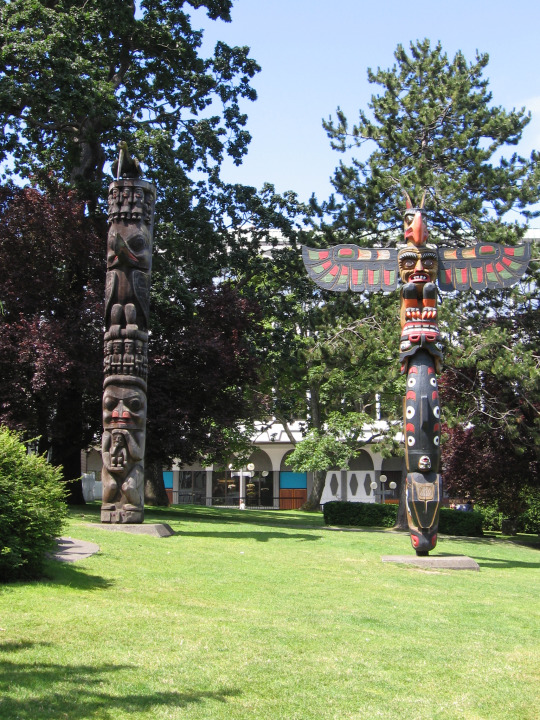
(EN) Historical item of the week⌛️
Totem Pole
Totem poles are carved wood sculptures that can be found in western Canada and western United States. Its name comes from the word odoodem which roughly translates to “ kinship group”in the indigenous Algonquian languages. The Totem poles were created by indigenous communities such as the Haida, Tlingit, Tsimshian, Kwakwaka'wakw, and Nuu-chah-nulth. Totem poles were described by French explorers from the 18th century, but developed in their complex and colorful form in the 19th century, showing complex figures from nature and mythology, being famous especially for representing the legendary Thunderbird. You can find them in various places, such as the Thunderbird Park in Victoria, British Columbia.
(ES) Objeto histórico de la semana⌛️
Pilar Totem
Seguro has visto esto en varias películas. Los pilares Tótem son esculturas talladas en madera que pueden encontrarse en la región occidental de Canadá y Estados Unidos. Su nombre viene de la palabra odoodem que más o menos traduce “clan familiar” en las lenguas indígenas algonquinas. Los Tótem fueron creados por comunidades indígenas como la Haida, Tlingit, Tsimshian, Kwakwaka'wakw y Nuu-chah-nulth. Los Tótem fueron descritos por exploradores franceses desde el siglo XVIII, pero se desarrollaron en su forma compleja y colorida desde el siglo XIX, mostrando figuras complejas de la naturaleza y la mitología, siendo famosos especialmente por representar el legendario Pájaro de trueno. Puedes encontrarlos en varios lugares, como el parque del pájaro de Trueno en Victoria, en la Columbia Británica.
#totem pole#totem#thunderbird#canada#haida#tlingit#tsimshian#kwakwaka'wakw#nuu-chah-nulth#Historical item of the week
4 notes
·
View notes
Text
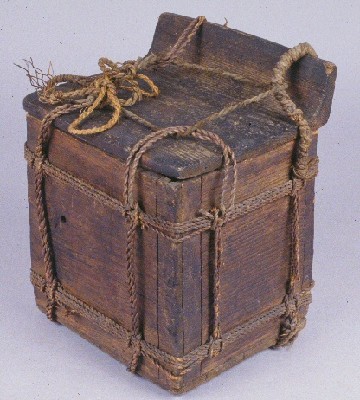
Kwakwaka'wakw Lidded Bentwood Box
#Kwakwaka'wakw#native american#indigenous#pacific northwest#burke museum#potlatch#archaeology#anthropology
4 notes
·
View notes
Text

Willie Seaweed, Headdress with body representing a wolf, c. 1930
0 notes
Text
'' At one point in the film we see, in slow motion, an eagle swoop down and lift a fish from the waters of Alert Bay, a background voice saying, “Our people were so, so rich; rich with wealth, not money…. We had a really good system here that went on since the beginning of time.” In cases like that, the verb “to be” (“potlatch is”) is best conjugated not in the simple present but in what has been called the “prophetic perfect,” a tense that bespeaks a perennial life constantly blooming in the present moment. ''
-Lewis Hyde, The Gift
0 notes
Text

Gathering Place
Mark Henderson
518 notes
·
View notes
Text


Kwak'Wanigaml (Heron Headdress), c. 1890
Herbert Johnson - (Gayusdisa'las) Kwakwaka'wakw, Kwikwasutinexw, Kingcome, d. 1953
Red cedar, nails, paint, 26 x 13 1/2 x 17 in.
Seattle Art Museum 91.1.31
"Solitary blue herons stand silently on coastlines and in wetlands perched on their thin legs. They wade slowly, sometimes point their head and beak skyward, and often seem as still as a statue. This object includes the sinuous neck and long beak of a heron but no legs beause the heron’s shape has been adapted to serve as a headdress. Stylized designs add a distinctive feature on the crest, wings, and tail. One can only imagine the striking vision of the heron striding into a ceremony atop the head of a leader who honors one of his crest animals."
Bonus:
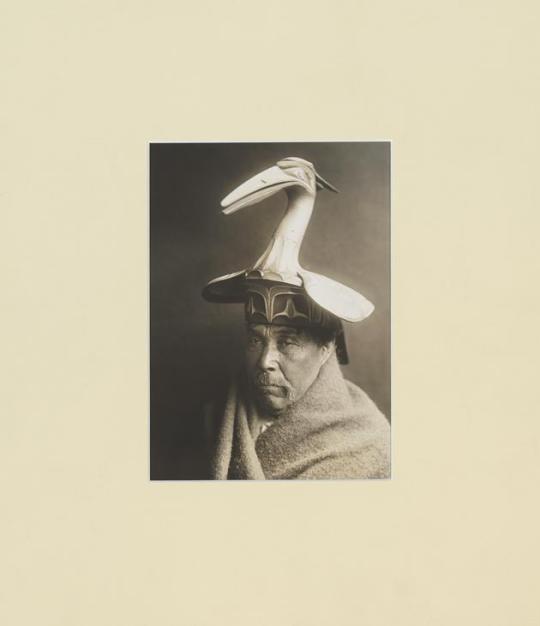
Man with Heron Hat, 1914
photo by Edward S. Curtis (American, 1868-1952)
Glossy silver print, 10 × 8 in. (25.4 × 20.3cm)
Seattle Art Museum
#Indigenous art#Native American art#First Nations art#birds in art#heron#bird#headdress#historical costume#Herbert Jphnson#Kwakwaka'wakw#19th century art#woodwork#Seattle Art Museum#hat#photography#ethnography#historical photography#Edward S. Curtis#American art#20th century art
30 notes
·
View notes
Text

Spaced Invaders - 2014
Sonny Assu (Ligwilda'xw Kwakwaka'wakw)
digital intervention on an Emily Carr painting (Heina, 1928)
#sonny assu#kwakwaka’waka#Ligwilda'xw Kwakwaka'wakw#indigenous art#native art#first nations art#ndn art#digital art#emily carr
223 notes
·
View notes
Text

eating memories of the lost, keeping them with you
indepth explanation


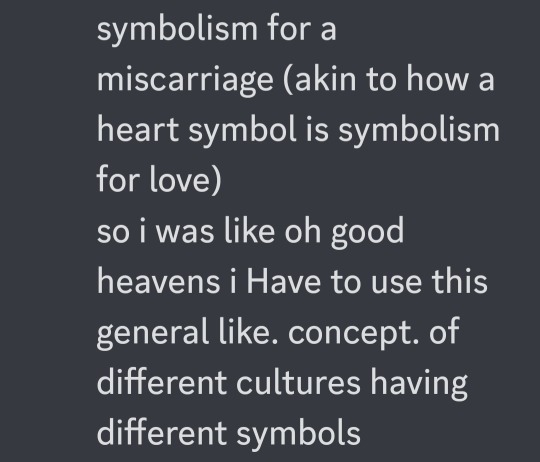

#splatoon#salmon run#salmonids#salmonid#splatoon salmonid#full explanation under the cut btw#this one is a metaphorical piece on theoretical salmonid beliefs#so like. theyre really into the concept of food and being eaten#so like in my mind when they die their friends would be depicted eating the brain (so as to represent the passing on of memories into their#friends and family)#loosely inspired by kwakwaka'wakw artwork!#boiledegg art
181 notes
·
View notes
Text
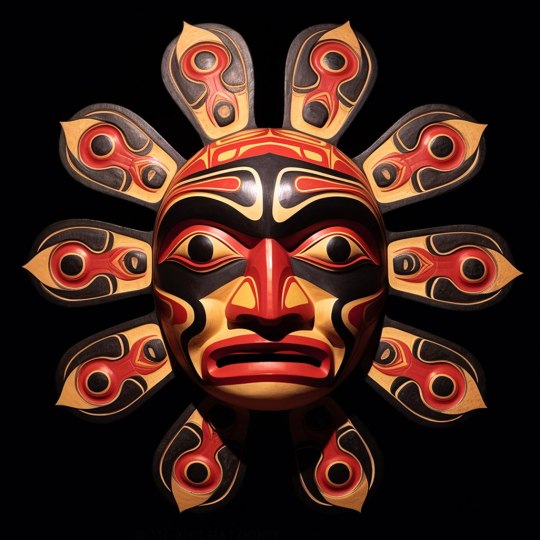

“The deity is within you, not in ideas and books. Truth is lived, not taught.”
― Hermann Hesse
Among the Nuxalk, Sun is sometimes represented as being the master of sky world who, at the beginning of the world, placed four master carpenters on four separate mountain peaks to collectively create the world and found the Nuxalk clans. Some Salish cultures regard the Day, Daylight or the Sky to be the supreme supernatural being that will sometimes reveal itself to people disguised in human or animal form to bestow a great spirit power.
Kwakwaka'wakw Northwest Coast Native Sun Mask
Talon Abraxas
69 notes
·
View notes
Photo
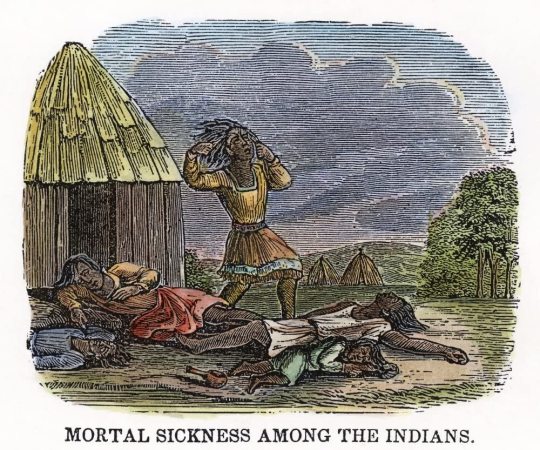
On this day, 24 June 1763, a British trader in Philadelphia named William Trent recorded an attempt to use biological warfare against Native Americans. In his journal, he wrote that two Delaware chiefs had visited Fort Pitt during Pontiac's uprising to urge British forces to abandon the fight. The British refused, and Trent wrote that as the men, Turtle's Heart and Mamaltee, were about to leave: "Out of our regard for them, we gave them two Blankets and an Handkerchief out of the Small Pox Hospital. I hope it will have the desired effect." A direct causal link cannot be established but a smallpox epidemic did later break out in the Ohio Valley which devastated the local Indigenous population. Learn more about 500 years of genocide and resistance in the Americas in this book by Gord Hill of the Kwakwaka'wakw nation: https://shop.workingclasshistory.com/collections/books/products/500-years-of-indigenous-resistance-gord-hill Pictured: an engraving of Native Americans amidst a smallpox epidemic, 1853 https://www.facebook.com/workingclasshistory/photos/a.296224173896073/2018938024958004/?type=3
291 notes
·
View notes
